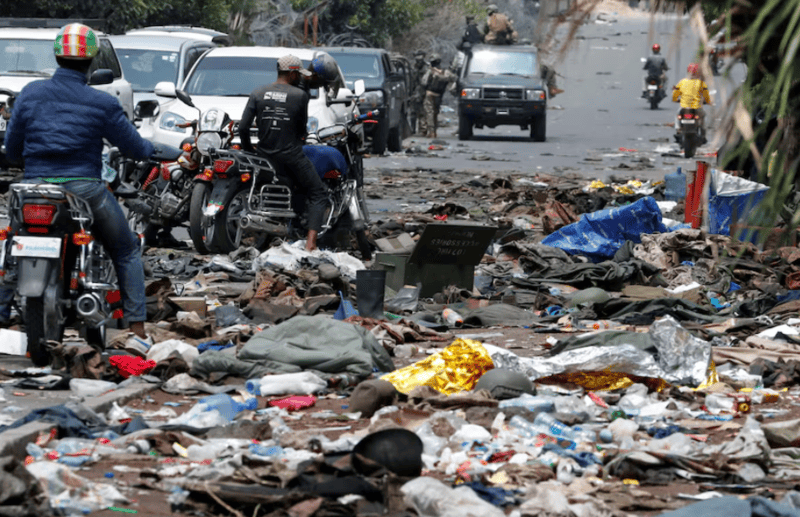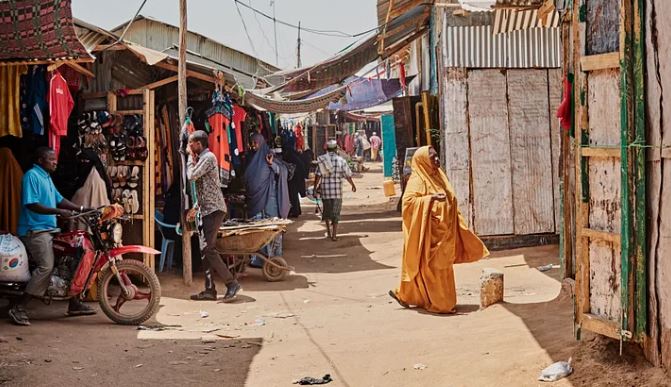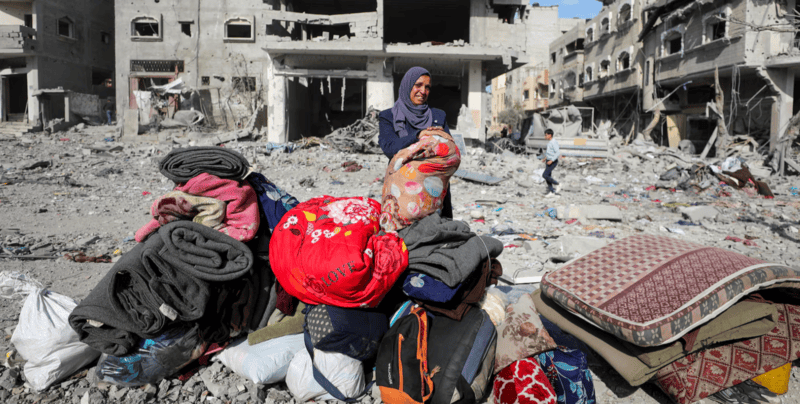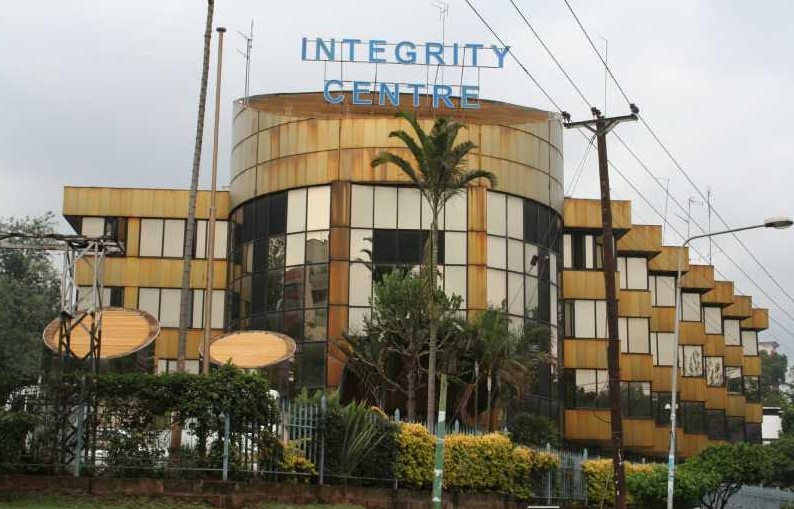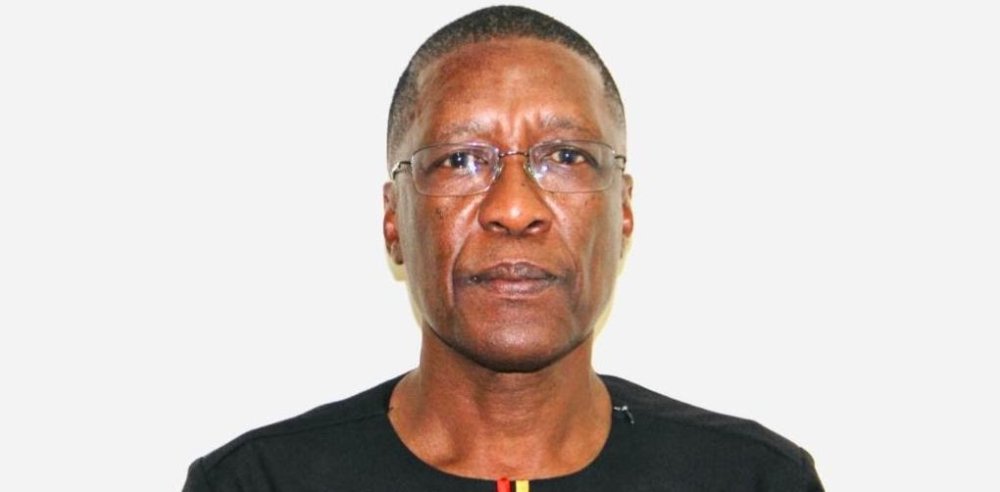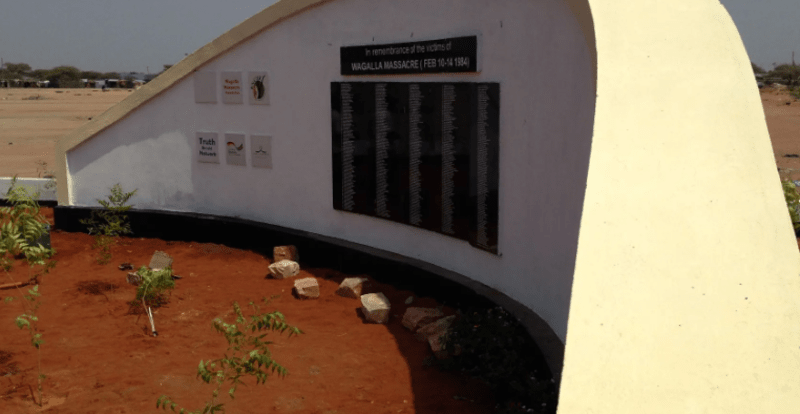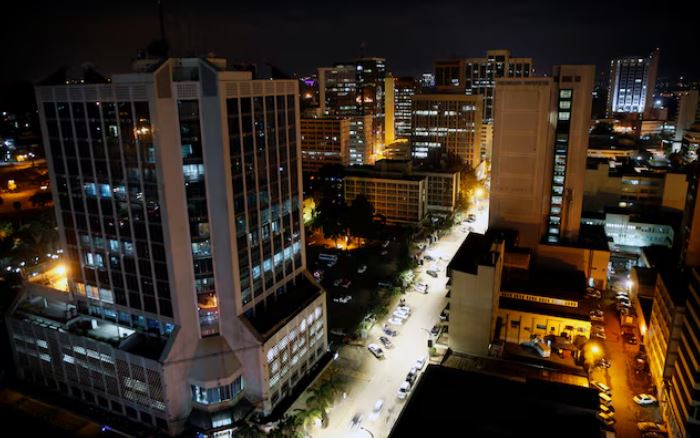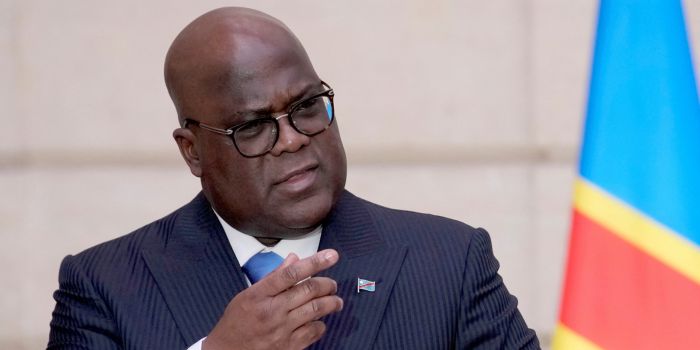Kenya seeks Sh3.96 billion in emergency funds to sustain HIV services
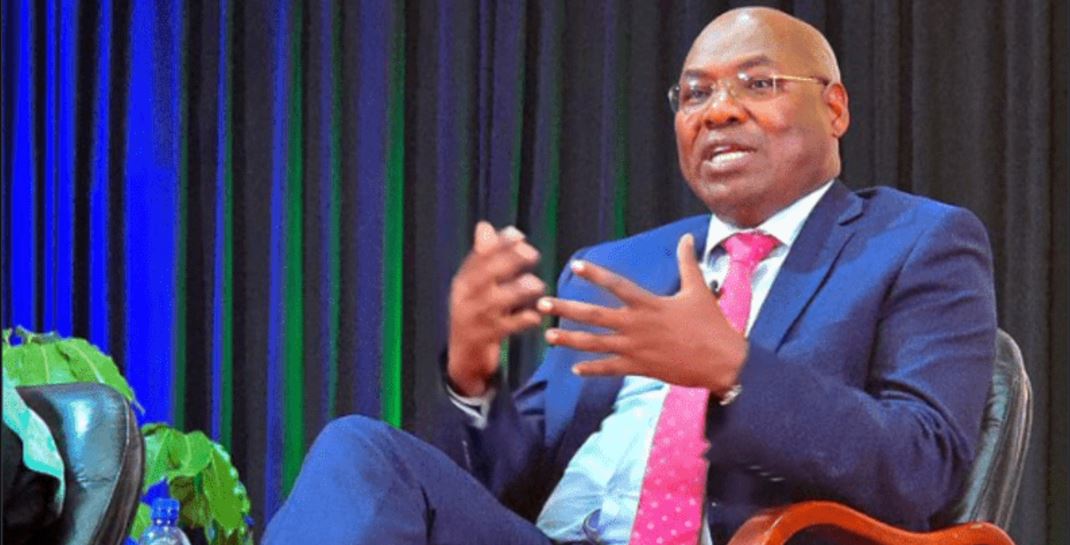
Kenya currently relies on approximately 41,500 health workers providing HIV care across all 47 counties, with around 9,500 of them supported by grants from the US government. However, shifting global financial priorities and donor fatigue threaten to disrupt these services.
The Ministry of Health has urgently requested Sh3.96 billion in emergency funding from the state to sustain Kenya's HIV treatment and support services, as uncertainty looms over donor contributions.
The funding aims to ensure uninterrupted service delivery, preventing thousands of frontline health workers from losing their jobs due to financial constraints.
More To Read
Kenya currently relies on approximately 41,500 health workers providing HIV care across all 47 counties, with around 9,500 of them supported by grants from the US government. However, shifting global financial priorities and donor fatigue threaten to disrupt these services.
According to Harry Kimtai, the Principal Secretary for Medical Services, data from the Council of Governors highlights that 9,501 frontline workers receive financial support amounting to Sh380,618,320 annually from US government grants.
“United States President's Emergency Plan for AIDS Relief (PEPFAR) data shows a total of 41,547 staff providing HIV services, including clinical services, community support, and program management in 47 counties from level II to VI health facilities at a total cost of Sh17.4 billion annually (October 1, 2024, to September 30, 2025),” Kimtai stated in a briefing to the State.
For years, Kenya has relied on the US President’s Emergency Plan for AIDS Relief (PEPFAR) to support its HIV response. The initiative has been instrumental in providing life-saving medications, funding preventive measures, and supporting thousands of healthcare workers. However, the recent pause in
US foreign assistance has placed immense pressure on the country’s healthcare infrastructure.
Dr. Ruth Laibon-Masha, CEO of the National Syndemic Disease Control Council (NSDCC), acknowledged the severity of the situation, stating, “It was too soon. We had been planning for a transition towards self-sustainability by 2030, but this shift came abruptly, leaving us scrambling for immediate solutions.”
This crisis highlights broader challenges within Kenya’s health workforce, including frequent salary delays, medical staff shortages, and an over-reliance on donor funding. These issues not only affect HIV services but also impact maternal health, tuberculosis care, and immunisation programmes.
Past healthcare crises, such as nurses' strikes and drug shortages, have pointed to the urgency for sustainable, locally driven solutions rather than dependence on foreign aid.
The report recommends long-term strategies, such as conducting a human resources audit to optimise staffing, integrating HIV services into the broader health system for improved efficiency, and exploring sustainable domestic financing mechanisms to ensure the continuity of HIV care services in Kenya.
Top Stories Today

